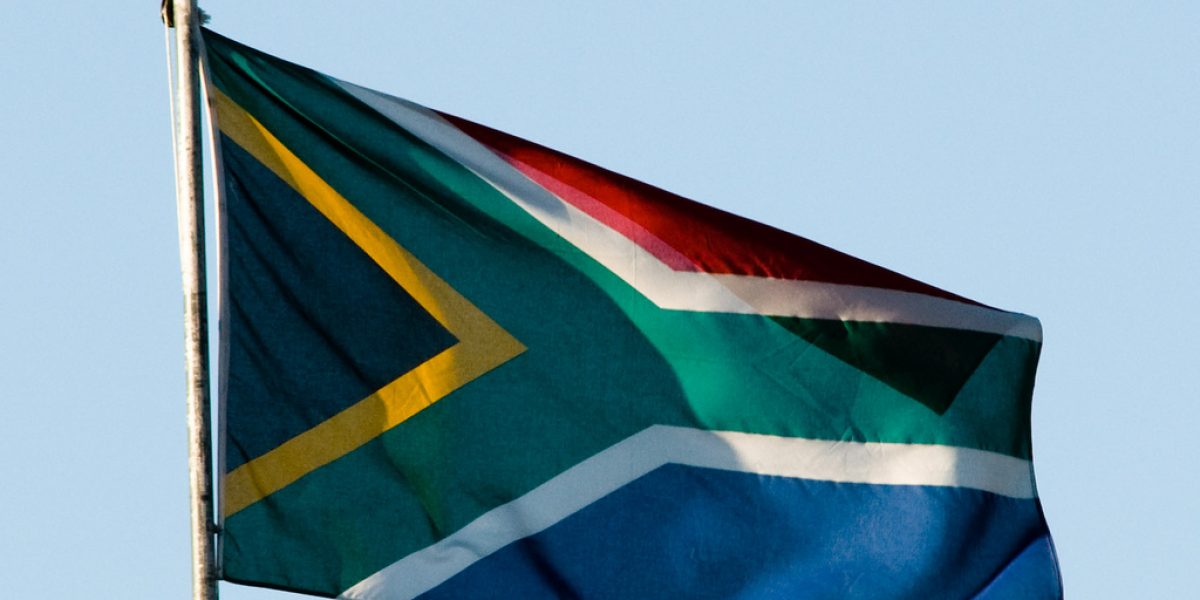Those processes, particularly that with China, are proving contentious. Partly in consequence, little attention has been paid to southeast Asia.
But this week President Thabo Mbeki is visiting Indonesia, for the Bandung Africa-Asia summit, and Singapore. What should be on his agenda?
Broad south-south political initiatives such as the Africa-Asia summit are long on rhetoric but short on action. Nonetheless the political symbolism and contacts generated are undoubtedly useful in diversifying our foreign relations.
Such contacts are best seen as complementing, rather than replacing, relations with the west. After all, most countries in Asia rely substantially on foreign direct investment — a large part of which originates in the west — to fuel their manufacturing export drives. The US and the European Union are critical destinations for exports from both regions, while Africa trades principally with the major western powers.
This limits the freedom to promote south-south economic relations in the context of the Bandung conference. Consequently, this summit will not be about excluding the west from nascent Africa-Asia economic relations.
Furthermore, divisions within such broad groups are never far below the surface. The histories of the Non-Aligned Movement and the Group of 77 developing countries attest to this. These divisions are premised on underlying divergences in political and economic interests. Consequently, it is unlikely that Bandung will deliver much by way of concrete economic results.
Therefore the Bandung conference should primarily be monitored for the geopolitical signals it generates, offering glimpses into future geopolitical shifts. No doubt Mbeki and his team will be watching these signals closely.
The recent and unresolved fracas between China and Japan is particularly important. In this light, questions might be asked about our own relations with Japan: do our emerging bilateral ties with China offer greater economic benefits than those with Japan? Are we striking the correct balance between the two?
And no doubt US power and influence, and its network of Asian military alliances, will be the subject of much corridor discussion. Clues should be sought regarding how east Asia is reacting to this growing contest for regional influence.
It is not surprising that these dynamics will be on display in southeast Asia. Historically, this region has been at the crossroads of civilisational contacts between India and China, and, more recently, the west and Japan. The major powers’ trade diplomacy in the region has to be seen from this standpoint. China, India, Japan, and the US are engaged in varying levels of free-trade discussions with the Association of Southeast Asian Nations (Asean), and individual countries within it. The contest for markets and regional influence is intensifying.
Within this, southeast Asia, in particular Singapore, is interesting. Until recently this region was not high on SA’s trade strategy radar. That may, and should, change after the president’s visit.
Singapore is strategically located in Asia. Its unparalleled services sector, trading linkages and knowledge base accord it the role of regional trading hub and antenna. Therefore its trade diplomacy is closely watched and emulated by its southeast Asian partners.
Singapore is a firm supporter of both the multilateral trading system and the practice of bilateral engagement, which it sees as stepping-stones to trade liberalisation. In this respect, Singapore has signed a number of trade agreements with partners ranging from the US to Jordan and Chile. Asean, and individual countries within Asean, are following the Singaporean example.
Singapore is a small country — an island city — of just more than 4-million people. Yet its economy is roughly the same size as SA’s, at about $180bn, giving it one of the highest per capita incomes in the world. It is renowned for its business and competitiveness rankings. Last year, Singapore was the fifth-least corrupt country in the world, seventh-most competitive and the third-easiest place to do business (and first in Asia).
A lack of natural resources and a small domestic market have forced Singapore to diversify its economy and establish itself as one of the top trading nations. It has practically no trade barriers. Total trade is three times the size of gross domestic product (GDP) — the highest trade-to-GDP ratio in the world. Imports of food, energy and raw materials complement industrial and service exports.
While Singapore is already obtaining some of its food and natural resources from SA, a preferential trade agreement would help channel more of these commodities from SA to Singapore.
Despite its small domestic market, via its regional trade hub status and evolving network of free-trade agreements, Singapore offers direct access to both Asean and China. As an active member of Asean, and with the free-trade agreement between Asean and China set for conclusion by 2010, Singapore — with its excellent infrastructure, telecommunication lines and financial system — is the ideal stepping-stone into Asia.
A trade and investment agreement between SA and Singapore would give South African business a head start and foothold in the fastest-growing region in the world. It also offers the prospect of a broader deal involving Asean.
Finally, unlike other negotiations in progress, an agreement with Singapore could be concluded relatively quickly and deliver early results. Little resistance from industry and labour could be expected, given the divergent comparative advantages between the two countries.
Such an agreement could therefore prove a useful test case for what promises to be a more challenging engagement with China.








